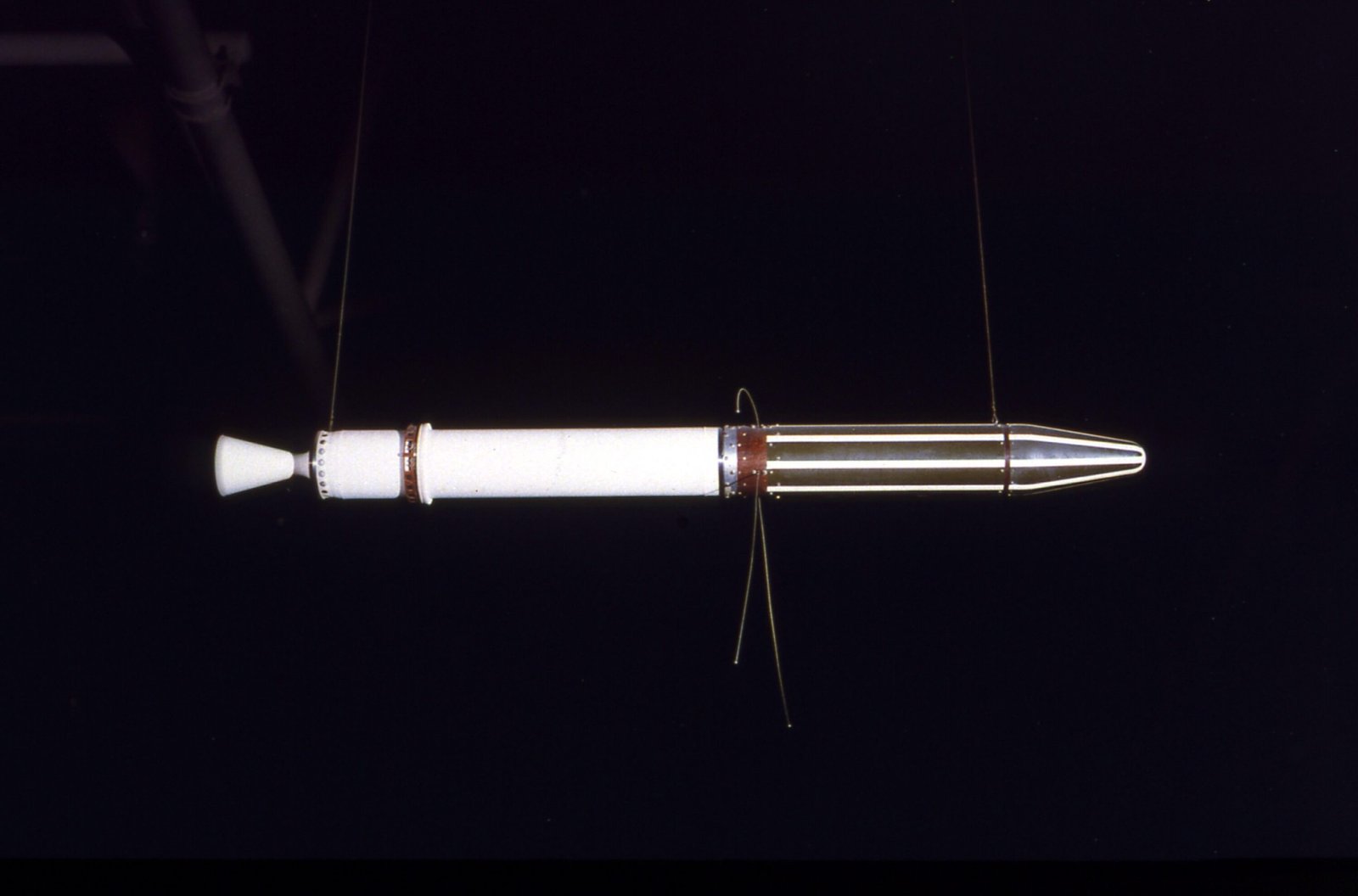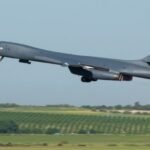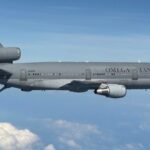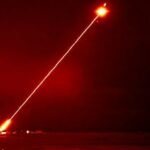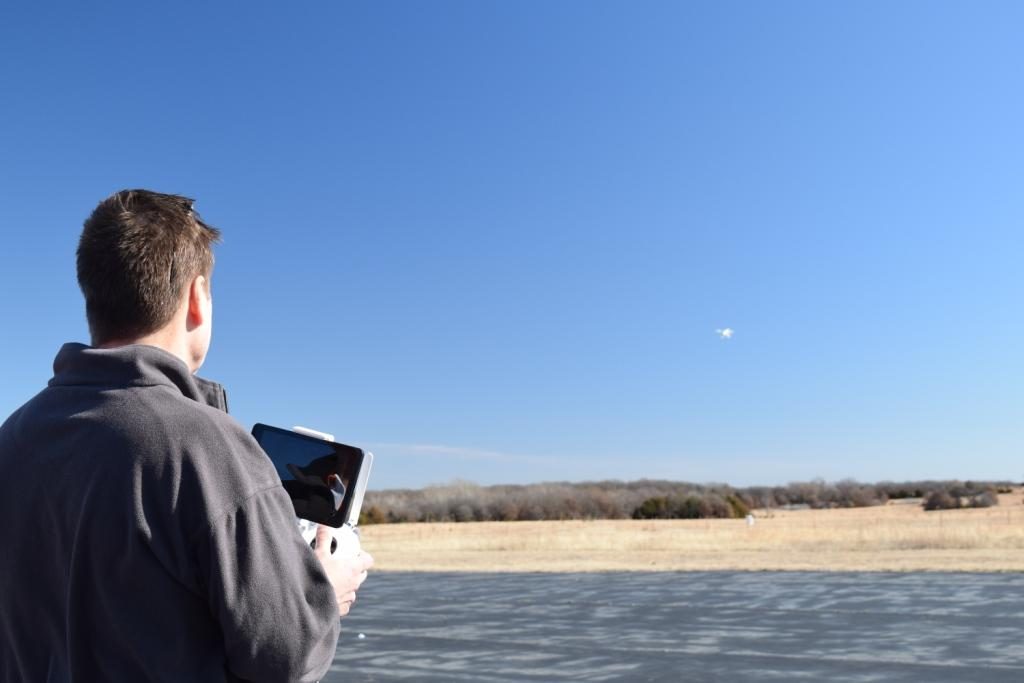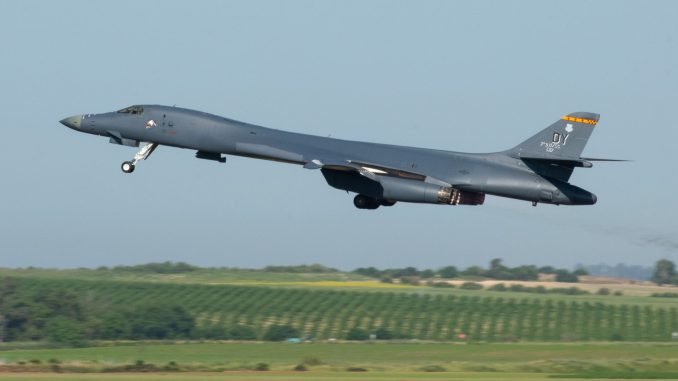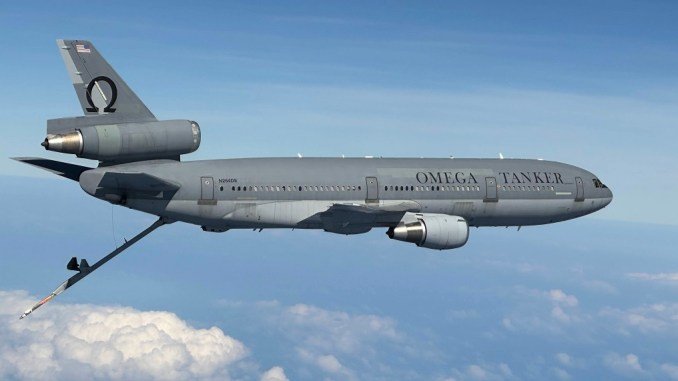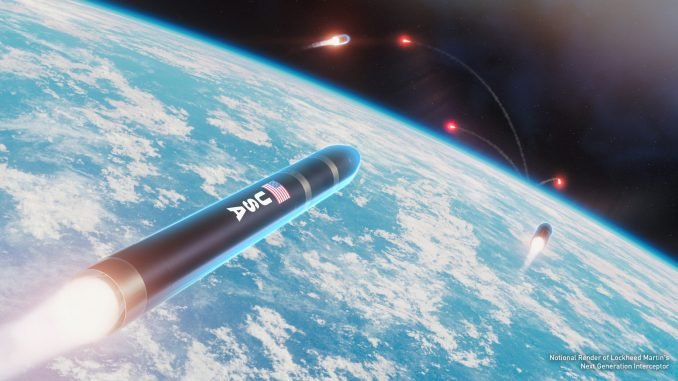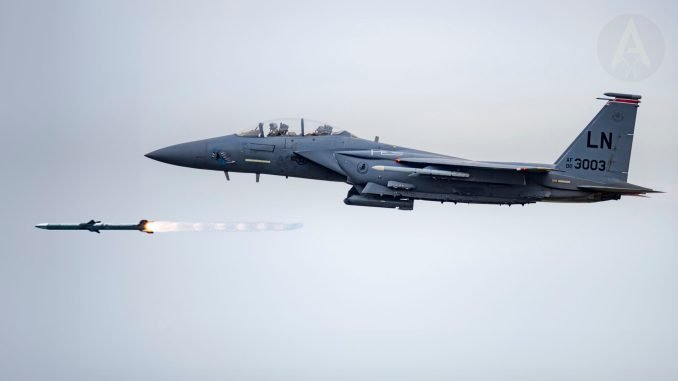[ad_1]
Modularity is the Key: We’ve got re-written the software program in order that it’s extremely modular. Every part is self-contained and the software program now has an ordinary communication methodology between parts. (JSON and microservices, for the technically-minded.)
One Nice Platform, Numerous Completely different Merchandise: We are able to bundle the core airspace monitoring and detect-and-avoid parts into totally different product varieties primarily based on what is required to help a selected sensor suite or show requirement, and never bundle or run parts which can be pointless or not used for that software.
Flexibility to Carry Solely What You Want: By modularizing the software program, your explicit set up might be lowered to incorporate solely the parts you want on your particular software, minimizing the general computing energy and footprint required. This permits us to run the software program on smaller-scaled, lower-powered and cheaper {hardware} platforms by limiting the put in parts to solely these completely required for the mission and the accessible sensors.
Extensibility on the Edge: Utilizing microservices, we now have an ordinary information mannequin and communications protocol throughout parts, which in flip permits us to quickly develop new parts for brand spanking new sensors or information feeds with out touching the underlying system.
Drop-In Sensors: This new structure helps us to future-proof the software program and help “drop-in sensors” as new {hardware} turns into accessible. We’ve got already finished this with a brand new radar, creating a brand new module in a couple of days, relatively than weeks or months.
Shield the Funding: Modularity helps to guard our subscribers’ funding by guaranteeing that an present set up might be shortly up to date to incorporate new parts and new {hardware} and information sources – with out modification of the present set up, core parts or present integrations.
Fused Knowledge Sources: FlightHorizon 1.0 had some information fusion capabilities throughout totally different information sources, however FlightHorizon 2.0 has information fusion on the core of the airspace monitoring and detect-and-avoid module. With information fusion, we offer real-time show of a number of, fused information sources which can be each over-the-air (ADS-B, FIS-B, TIS-B, radar and Mode C within the close to future) and on-line (FAA information, UTM, native/personal).
A number of Consumer Interfaces: FlightHorizon comes with an industry-leading airspace show, however FlightHorizon 2.0 may also have the ability to natively output information to a variety of map-based purposes. This permits for show of real-time airspace information in third-party geo-browsers like Google Earth, Microsoft Bing Maps and ESRI ArcGIS. These purposes don’t present the interactive controls of the native FlightHorizon person interface, however being able to ship real-time map information to different purposes offers large flexibility in using FlightHorzion 2.0 throughout enterprises.
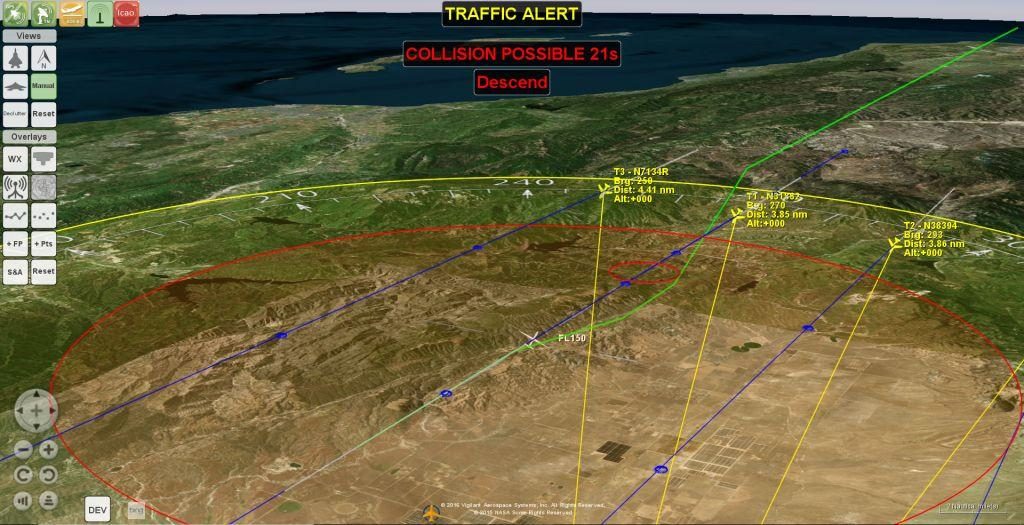
Share the Load: The brand new structure delivers nice scalability. Due to the way in which the software program is modularized, we are able to break up duties between totally different bodily computing techniques and set up totally different parts on totally different computer systems. Every part can subscribe to a different part for the info it wants, and the situations can function independently or as a networked mesh. This offers us with an virtually limitless means to scale up the velocity and energy of the general system.
Single-Objective Nodes: Utilizing our new distributed structure, one workstation may very well be devoted to accumulating information from a selected radar unit and one other workstation might accumulate information from an ADS-B receiver whereas a 3rd workstation acts as an airspace monitoring, logging and show server for the command middle, accumulating information from the 2 single-purpose workstations. Duties are distributable and information might be communicated over a high-speed LAN. Any variety of federated installations can be utilized to ship the extent of efficiency required for a particular software or facility.
Constructed-in Mobility: Elements might be put in not solely on the bottom, but in addition in cell command facilities and on plane, whereas retaining as a lot or as little of the general system capabilities as warranted for the appliance. FlightHorizon GCS, PILOT and COMMANDER installations can all work collectively to supply coordination for particular person plane and to mixture information throughout all installations for the airspace supervisor.
New Capabilities, New Purposes
Finally, with this new structure, we see quite a lot of new deployments and capabilities for FlightHorizon 2.0:
1. Set up FlightHorizon COMMANDER over a large space with a number of major COMMANDER nodes and a number of secondary GCS and PILOT nodes working as a meshed system that may be seen as a single, built-in airspace administration, monitoring, de-confliction and logging system.
2. Acquire information not solely from a set central command middle, but in addition mixture information from a number of cell subject items and from on-board plane, in order that an operations space might be prolonged so far as needed.
3. Run FlightHorizon PILOT on the smallest and best postage stamp-sized computer systems, placing it on-board any measurement of sUAS, whereas networking with and benefiting from the total capabilities of the general system.
Trying past the architectural and technical modifications, we now have a imaginative and prescient to construct and convey to market a totally trendy, versatile, subtle and inexpensive airspace administration system, prepared for the combination of manned and autonomous plane and with an attractive show.
On the similar time, our core improvements proceed to reside on the coronary heart of FlightHorizon 2.0: Constructed-in automated visitors alerts, visitors warnings, well-clear upkeep, de-confliction, and autonomous self-separation.
Speak to Us
You possibly can see why we’re excited concerning the upcoming launch of FlightHorizon 2.0. For those who’d like to listen to extra, ask questions or find out about how FlightHorizon can enhance your flight operations, please be happy to contact us or catch us at considered one of our upcoming convention appearances:
- UAS Summit & Expo 2018 in Grand Forks, ND – August 21, 2018 – Catch our presentation on “New Fashions for Integration of UAS into the NAS: Airspace Administration as a Service” or cease by our sales space (UAS Summit & Expo Sales space # 110).
- Innovate and T2 in America’s Heartland, the 2018 FLC Mid-Continent/Far West Conferences and Awards Occasion in Oklahoma Metropolis, OK – August 29, 2018 – Don’t miss us on the panel discussing “OKC Tech Switch Success Tales: Sourcing Expertise from Federal Labs.”
- InterDrone 2018 in Las Vegas, NV – Septemeber 5-7, 2018 – We’re talking on two panels: “The Way forward for Chips and Sensors Powering Subsequent-Gen Drones” and “Drones and the Energy of Synthetic Intelligence.”
- UAS Tech Forum 2018 in Damaged Arrow, OK (close to Tulsa) – September 13, 2018 – We’re an occasion sponsor and could have a sales space within the exhibit corridor! Cease by and discuss to us!
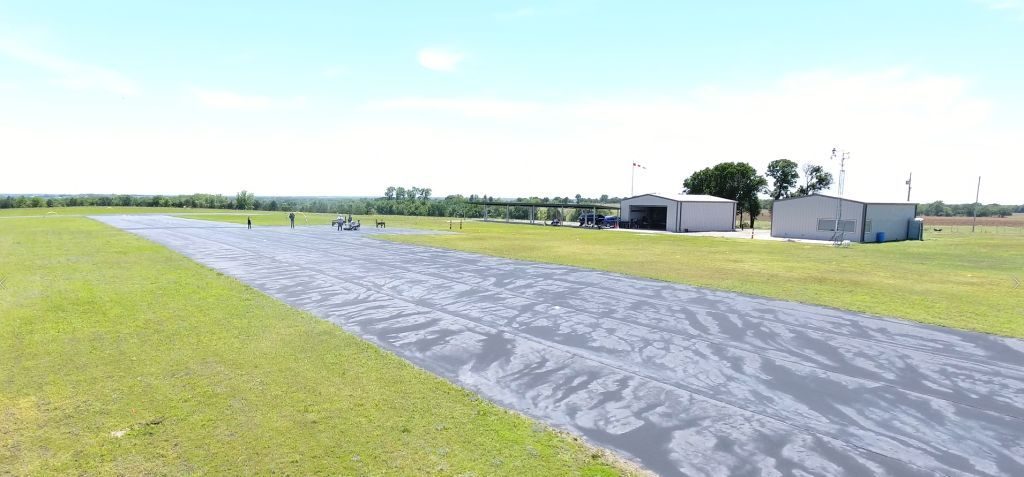
[ad_2]
Source link

